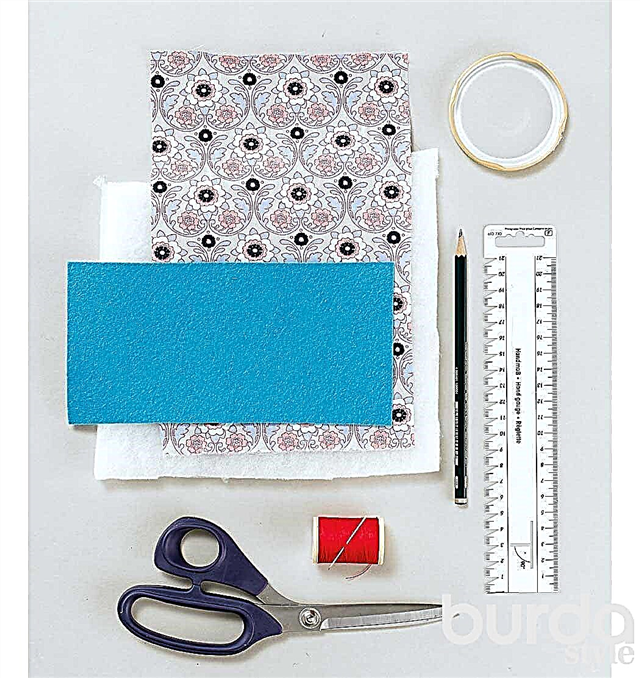Share
Pin
Tweet
Send
Share
Send
Where do the spools on the fabric come from, how to prevent their appearance + ways to return the clothes to their original appearance.
Where do the spools come from?

Photo: malbaskhan.com
The "mechanism" for the appearance of spools on different types of fabric is the same: the fibers of the filaments that make up the material become entangled from regular friction, forming small balls that spoil the appearance of things.
More likely, spools appear if:
- as a part of fabric - synthetics + natural fibers;
- the thread from which the knitwear is knitted is made of acrylic;
- fabric or knitwear made of loose thread with long fibers;
- the fabric was improperly looked after (for example, it was washed with inappropriate means);
- the fabric or knitwear was subjected to regular friction (so a sweater or T-shirt can constantly rub against a belt or bag).
How to care for outerwear
6 Ways to Get Rid of Pellets
1. Special machine

Photo: haushalts-helfer.net
A small machine is equipped with a semblance of a razor cutting a spool.
Suitable for: smooth knitwear (cotton, acrylic, acrylic + wool, wool), smooth fabrics.
Pros: quickly removes large surfaces from spools.
Minuses: not suitable for mohair, angora, can ruin embossed fabric or knitwear.
2. Laundry detergents

Photo: avespendsplurge.com
It is stated that special means relieve clothes from spools in a certain chemical way, softening the fibers of the threads.
Suitable for: knitted, mainly - woolen things.
Pros: gently untangles the fibers of the threads, eliminating the spools and preventing the formation of new ones.
Minuses: may not work with strong tangling of the threads, not suitable for certain types of fabrics (see instructions for the products).
3. Razor

Photo: napadynavody. sk
Cloth or knit must be stretched to the surface and carefully shaved with a safety razor.
Suitable for: Cotton knitwear, smooth knitted items made of acrylic or acrylic with wool, smooth fabrics.
Pros: quickly eliminates even large spools of small surfaces.
Minuses: inexperience with a razor, it is easy to cut the fabric; the method is not suitable for embossed knitwear and fabrics; after several treatments, the fabric may become thinner, losing its appearance.
4. Scissors

Photo: favecrafts.com
It is better to use small scissors with thin sharp tips: carefully cut each spool with them.
Suitable for: knitwear and fabrics of fluffy, fleecy threads (including for mohair and angora).
Pros: getting rid of big spools.
Minuses: long processing time, it is possible to damage the fabric with scissors.
5. Adhesive tape, roller with adhesive tape

Photo: childinjurylawyerblog.com
Just stick the tape to the places you need to get rid of the spools, and tear it off. Use the roller just as in the process of cleaning clothes from animal hair and lint.
Suitable for: knitwear and fabrics of fluffy, fleecy threads (including for mohair and angora).
Pros: maximum gentle effect on the fabric.
Minuses: not the most efficient and fastest method.
6. Toothbrush, comb

Photo: lookarabia.com
With a brush or comb with thin teeth, you need to comb the fabric or knitwear, spreading / removing the spools.
Suitable for: knitwear and fabrics of fluffy, fleecy threads (including for mohair and angora), a brush - for embossed fabrics and knitwear.
Pros: gentle effect on the fabric.
Minuses: low efficiency (brush), it is possible to make puffs on knitwear (comb).
Knitwear: fashion, sewing, care
How to prevent the formation of spools?

Photo: partymilk. club
- Wash clothing by first turning it inside out.
- Follow the instructions on the label of the thing, choose the detergents suitable for the type of fabric and the washing mode, do not forget about the conditioner.
- Do not wash coats, jackets, furniture covers, large woolen scarves and shawls and similar things, but hand in dry cleaning.
- Knit from "capricious" materials (alpaca, thin mohair, angora, etc.) wash by hand.
- Do not use machine drying for things prone to spools.
Share
Pin
Tweet
Send
Share
Send



